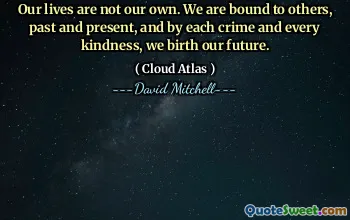The technical term for fuckin' tunnel vision is attentional narrowing. It's another prehistorically helpful but now potentially disastrous feature of the survival stress response. One focuses on the threat to the exclusion of almost everything else. Bruce Siddle tells a story about a doctor who had some fun with an anxious intern. He sent him across the emergency room to sew up a car crash victim's lacerations. The intern was so intent on his stitching that he failed to notice his patient was dead.
In her book "Grunt: The Curious Science of Humans at War," Mary Roach discusses a phenomenon called attentional narrowing, which is often referred to in more colloquial terms as "tunnel vision." This response is a remnant from our prehistoric past, originally designed to help humans focus on immediate threats for survival. However, in modern contexts, this intense focus can lead to dangerous lapses in awareness of surrounding conditions and events.
Roach illustrates this concept through an anecdote shared by Bruce Siddle about a doctor and an anxious intern. Tasked with stitching a laceration on a car crash victim, the intern became so absorbed in his work that he failed to realize the patient was already deceased. This example highlights how stress and concentration on a singular task can lead to significant oversights, demonstrating the inherent risks of attentional narrowing in critical situations.





